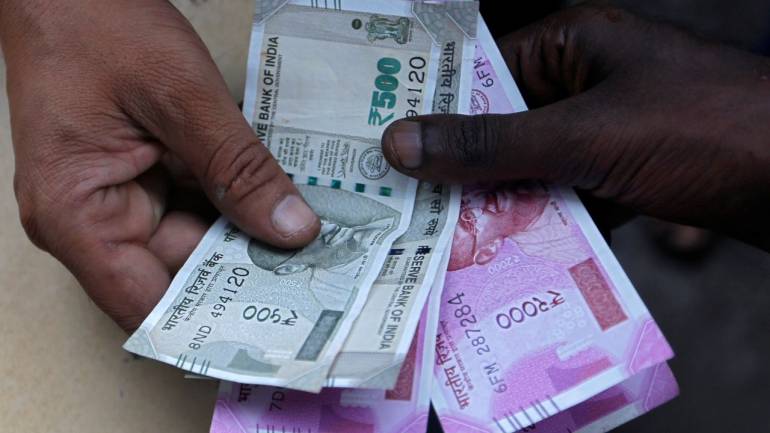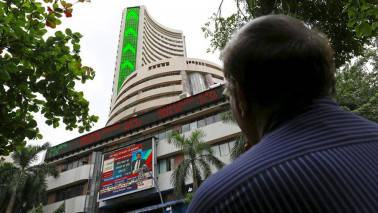Currently, NBFCs and HFCs account for about a quarter of the total systemic credit, while their exposure to MSMEs and other retail segments account for more than half of their total credit outstanding.
Given the Union government’s focus on alleviating stress faced by the micro and small and medium enterprises (MSMEs) and on furthering its other initiatives including the Pradhan Mantri Awas Yojana (Urban and Rural), we expect allocation towards the above to be one of the key focus areas in the upcoming Vote on Account to be presented in February 2019.
Non-banking finance companies (NBFCs) and housing finance companies (HFCs) with niche positioning, differentiated product offering, good market knowledge and better customer understanding play a crucial role in the overall credit growth and outreach in the country.
Currently, NBFCs and HFCs account for about a quarter of the total systemic credit, while their exposure to MSMEs and other retail segments account for more than half of their total credit outstanding.
The current tight liquidity situation, coupled with the averseness of investors and lenders towards NBFCs and HFCs, is exerting pressure on their growth and liquidity profile.
We expect some announcements/recommendations that will support a steady and seamless flow of credit to NBFCs/HFCs. These may include a priority sector tag for bank credit to NBFCs based on their on-lending, relaxation in securitisation norms to make high-yielding (currently capped for loans not exceeding 8% of the base rate of the investing bank) NBFC/HFC loans eligible for sale, and relaxation in risk weights for capital allocation by banks on their exposures to NBFCs/HFCs.
Moreover, in additional refinance support to NBFCs/HFCs, considering the current limitation in fund availability, is expected. Increased allocations under the rural infrastructure development fund (RIDF) and Affordable Housing Fund are also expected, which should improve refinance to NBFCs/HFCs.
For the actual implementation of any such measures, the Government would need to have the regulators, the Reserve Bank of India (RBI) and National Housing Bank (NHB), on the same page.
With entities looking to diversify their funding profile and focus on retail sources, some relaxation in conditions for the public issue of debentures and suggestions to the RBI/NHB for increasing the issuance of deposit-taking licences to NBFCs/HFCs may be a possibility.
Mutual funds (MFs) are an important funding source for the corporate sector including NBFCs/HFCs. Thus, the maintenance of liquidity and availability of contingent funding, considering the developments in recent months, will be crucial from a systemic perspective.
As MFs largely deal with corporate debt, access to the corporate debt repo market or any other refinance route would improve their liquidity, thereby reducing the impact of any unforeseen shocks on the borrowers. Debt-oriented MF schemes have a sectoral exposure limit of 25%, and an additional exposure not exceeding 15% (over and above the limit of 25%) in the financial services sector is available only to HFCs.
ICRA believes that the current limit may not be revised upwards in view of the likely increase in concentration risks. Also, it would be contrary to the various initiatives taken by the regulators, namely RBI and SEBI, to diversify the liability profile of the larger borrowers.
Access to longer-tenure funds is also critical for NBFCs/HFCs for supporting growth and maintaining adequate liquidity. Currently, insurance and pension funds are largely focused on AA or higher rated instruments. As a result, lower rated entities have limited access to longer-tenure funding. Any measure to increase the funding avenues for the sector would be closely awaited.
NBFCs have long been expecting their inclusion under Section 43D of the Income Tax Act, so that taxable income on non-performing assets (NPAs) could be computed on a realised basis. At present, accrued income, even on NPAs, is included as a part of taxable income. A positive change would improve the profitability of NBFCs and reduce cash outflow.
Any changes in the income tax slabs for the tax-paying middle class or in the deduction limit under Section 80C, in view of the impending general elections in April/May 2019, would have a bearing on the disposable income. This would impact the near-to-medium-term retail credit demand and would thus remain a key monitorable.














